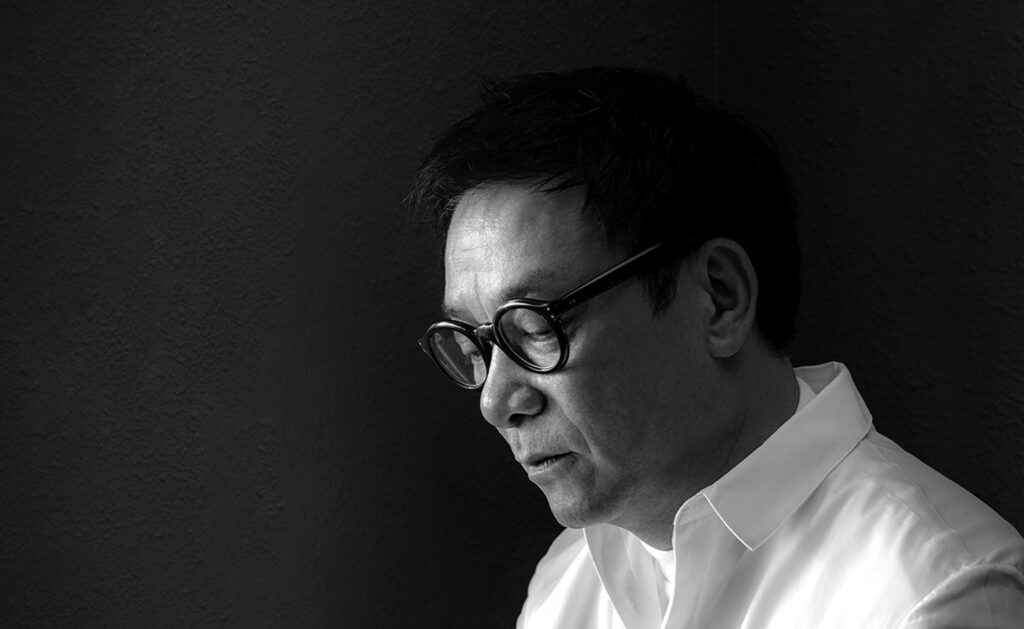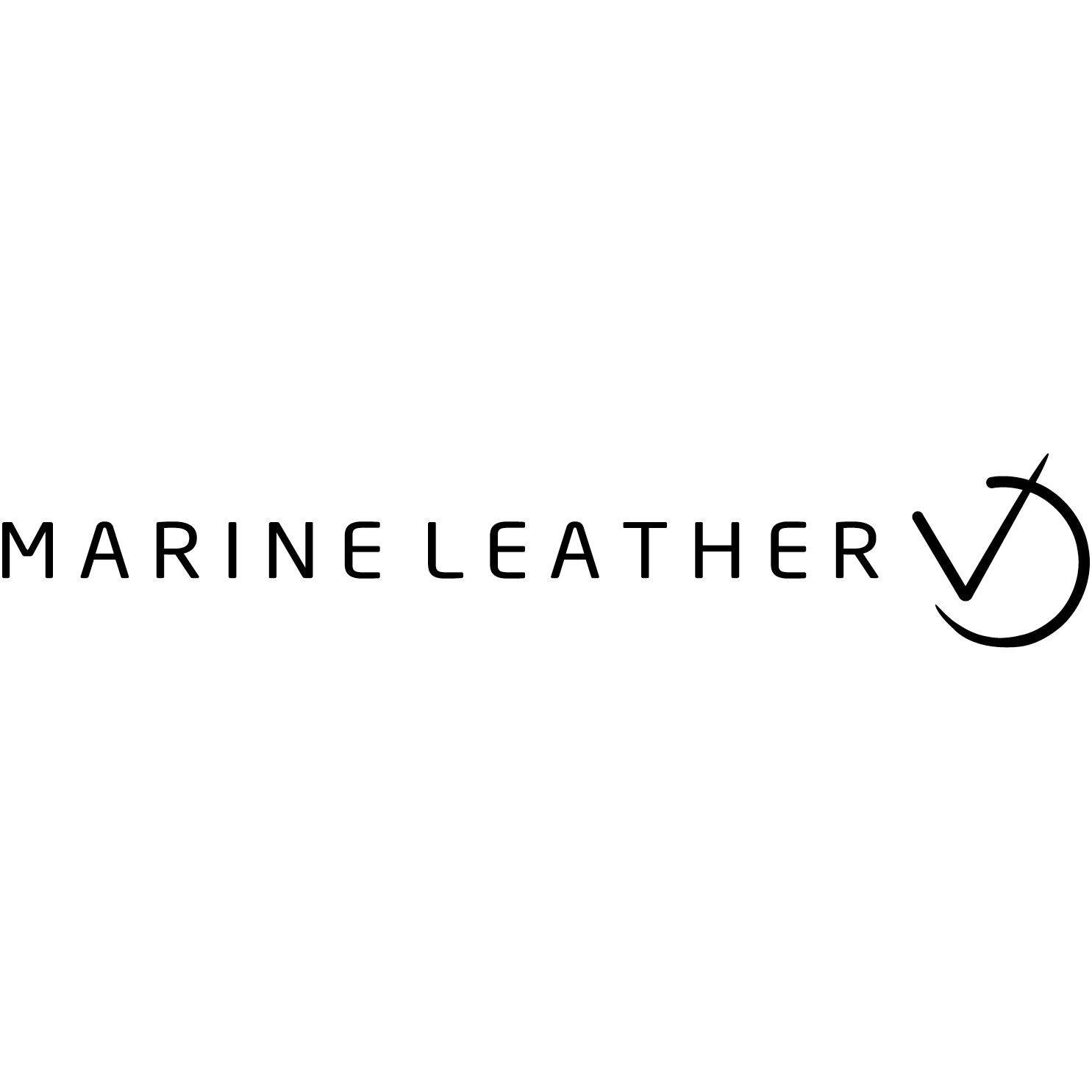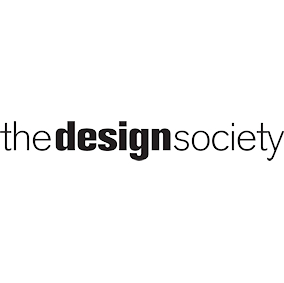Sands Corporation

Designer in Profile: Steve Leung Design Group with Sands Corporation
Sands Corporation have been shortlisted in 2 Categories in The International Hotel and Property Awards 2022.

Name: Steve Leung
Company: Steve Leung Design Group
Position within company: Founder
Website: www.sldgroup.com
Tell us a little about your background in design (education, experience, etc)
I decided to become an architect around the young age of ten. I grew up watching my uncle – a professional architect, working late at night on his drawings: I was so fascinated that I could not resist but follow his footsteps. Luckily, my parents – especially my mother, have always trusted me, giving me complete freedom in pursuing my own interests and career choice; for this, I will always be forever grateful to them. Fast forward few years, I graduated from The University of Hong Kong (HKU)’s Architectural Studies in 1978, and obtained my Master degree in Urban Planning also from HKU in 1986. After working as assistant architect, building surveyor and project manager, I felt like I gained an all-rounded understanding of the industry, and I decided to establish my own architectural and urban planning consultancy in 1987. In 1997, I restructured the company into Steve Leung Architects Ltd. (SLA) and Steve Leung Designers Ltd. (SLD), focusing more on interior design projects. I have been working as an architect, interior and product designer for over 30 years now, and I still enjoy and explore design with new, exciting projects.
How would you describe your personal interior design style?
“Enjoy Life, Enjoy Design” is my motto. I believe a designer must enjoy life and aspire to achieve excellent living standards. To me, quality of life is not synonymous with extravagance: it is, instead, a specific attitude to life, a constant drive to improve yourself, your community, and the surrounding environment. This is why my design approach is always human-centred: I see good design as a balanced mix of aesthetics and functionality, and a powerful tool to serve people in the best way possible.
Many people would describe my style as minimalist, but I do not like this label. In fact, I do not really stick to any particular design style or trend, as I feel these would somehow affect and constrain my creativity. I would however say I am an advocate of contemporary and clean lines. I prefer minimal, elegant, and functional designs which incorporate unique cultural and artistic elements relevant to each individual project, with a subtle Asian touch reflecting my roots. My design approach is also a mirror of my own way of living: simple, but refined; practical, yet with an accentuated artistic feel.
Where does your design inspiration come from?
Creativity is my way of living. I think it is possible to always find great source of inspiration even in the smallest detail, if you are keen to look at the so-called “ordinary” from new perspectives. Everyday life constantly inspires me: what I see, what I hear, whom I meet; these are all precious connections of life, art and design. I also treasure my travelling experiences that encouraged me to reflect, discover, and be content: nothing makes me more grateful than sharing happiness with others through my design.
In what direction do you feel that design is moving towards in a general sense? Sustainability is without any doubt one of the big design trends of our industry at the moment. Green design has actually been an on-going hit way before the pandemic, but it has been dramatically pushed forward by the global outbreak. Design is playing a more defined role in tackling environmental challenges, and more awareness is given towards green design principles. For example, LEED and WELL are increasingly considered and adopted across a variety of design outcomes, as well as a more pervasive employment of natural, eco-friendly, and upcycled materials.
I feel also very curious to witness how the post-pandemic era will re-define our traditional approach to design. With work from home (WFH) practice remaining the status quo in the majority of urban contexts, people are considering to create dedicated working spaces within their homes and even replace traditional office environs. The spatial layout of pandemic-proof houses will definitely rely on extra-flexible and multi-functional spaces, with smart technologies providing a higher degree of customization that deeply connects interior design and technology to create more personalized environments. Workspace will dramatically change as well: multi-faceted workplaces will be designed in a way to ensure proactive and resilient work-life balance to become the norm, and people will feel encouraged to work through different paradigms: on site, from home, and perhaps even from the fascinating Metaverse’s universe. I am excited to see how design will take into consideration all these new needs and expectations.
Lastly, I have also noticed a drawn interest and increased demand for private and highly personalized lifestyle experience, prompted by the global travel halt and social restrictions. Particularly, I have been witnessing a renewed interest towards deluxe yachts – seen as coveted “floating villas” replacing the traditional concept of “holiday house”, and private club’s culture, with post-pandemic clubs embracing a more informal and laid back flair that focuses on creating dedicated experiences for the specific needs of a particular HNWI segment.
Name five key themes to consider when approaching design in 2022 and beyond. Sustainability, Work-From-Home Practice, Space Flexibility, Smart Technology, Exclusive and Personalized Quality Lifestyle Experience
If you could offer one piece of advice when it comes to interior design schemes, what would it be? I would definitely suggest to always keep in mind the final user’s needs and how the design outcome would be able to meet client’s expectations and improve their living experience.
Interior design, unlike pure art, is all about creating beautiful and functional spaces to serve a specific purpose, be that a residence or an entertaining space. Therefore, I always adopt a human-centred approach that helps me to achieve designs infused with a balanced mix of aesthetics and functionality, enabling quality improvement of end-user’s experience and living standards. In a broader sense, design is also a powerful tool to tackle today’s societal and environmental issues for the greatest good of our community.
How important are The International Hotel & Property Awards as recognition of talent and achievement? From its very first editions, I have always found The International Hotel & Property Awards strongly committed towards the growth of the global design community, seeking for visionary design outcomes that could raise the bar of our discipline and also shuffle our traditional way of living and working.
What projects are you currently working on? I was recently involved in a wonderful collaboration with McDonald’s to introduce a brand new design scheme for the global market. It was truly a thrilling project to embark on: whilst ensuring the brand’s fun DNA throughout the space, I also wanted to push the overall dining experience to a next level. This is why I came up with a unique design scheme – named CUBE after the iconic shape of The Happy MealTM box, to deliver a never-seen-before and multifaceted experience for the patrons, encouraging them to actively interact with the dining setting and create joyful memories together. CUBE scheme has already been successfully adopted in some of China’s biggest cities – such as Chengdu, Shenzhen and Shanghai, but it is set to be launched soon in Europe as well.
I am also engaged in a number of exciting projects overseas – such as Qeelin flagship store in Ginza, Tokyo’s most polished neighbourhood, suites’ renovation at Marina Bay Sands, Singapore’s legendary hotel development, and The Londoner Collection hotel in Macao, which leverages on the key design inspiration of Macao’s newest hospitality landmarks The Londoner and The Londoner Court to bring the innermost essence of London’s lifestyle in Asia.
What was your favourite project to work on and why? This is such a difficult question to answer to, as I see all of my works as my own babies! Recently, I have had the pleasure to work on a couple of very personal projects, a sort of “labour of love” dedicated to my children. OOAK Lamma, which is a holiday house tucked in the lush nature of Lamma island in Hong Kong, is a gift to my daughter. The name stands for One-Of-A-Kind and, resonating with the concept of “being unique”, is characterized by a clean design sparkled with lively artworks here and there that perfectly reflect my own design aesthetics and vision. Whereas for my son, I created a secluded urban private lounge, Club C+: set in Hong Kong as well, its design crafts a comfortable home-away-from-home, whilst delivering a one-stop lifestyle destination that brings together exquisite cuisine, fine wines, premium cigars, and exceptional art pieces together in the same venue.
What was your most challenging project to work on and why? I cannot really think of any specific project, as all of them challenged me to never compromise on quality and always aspire to do better. However, if I would really need to pick one, I would probably say my most memorable and challenging work was the show flat designed for Symphony Bay (Hong Kong) in 1997, which was also my first-ever show flat design.
At that time, more than 90% of deluxe show flats were designed in Western classical style. Nonetheless, I thought luxury could have been expressed through different ways too. When designing for Symphony Bay, I decided to take the risk and break traditional conventions by employing a more contemporary design approach and a generous use of natural elements. It definitely was a gamble for both client and my own reputation, but it was incredibly well received by Hong Kong’s highly competitive residential market.
Which products/services could you not live without when designing? My pen and sketchbook. Unlike younger designers who prefer to use their laptops or iPad, I am quite old-school and, to be honest, not too much into new technologies. I like jotting down my inspirations on a sketch note, and this tangible process helps me to expand my creative ideas and visualize the final, desired design outcome.
What are your aims and goals for the next twelve months? I am very excited to mention that this year is the 25th anniversary since the foundation of Steve Leung Designers! To acknowledge such a milestone achievement, we will kick-off celebrations starting from this upcoming June – my birthday’s month to last for an entire year. Moreover, I am working on a monograph on my personal and professional journey, which is expected to be published around this Fall.
Regarding my future plans, whilst I am slowly stepping down from a full-time regime at SLD to delegate more freedom (and responsibilities!) to my talented design teams, I also aspire to focus more on giving back to the society. My desire is to share my own experience, knowledge and, most importantly, passion with the rest of the design community, especially the young creatives. I also hope to bring a positive inspiration for the next generation of designers, passing on the spirit to make our industry flourish.
Final thoughts; tell us a little more about yourself and your daily inspirations: Your most treasured possession? Health and time.
Your favourite holiday destination? Italy: I am a true admirer of the Roman architecture, and I absolutely love Italian cuisine! Niseko in Japan is also one of my most favourite holiday destinations. For many years, I have been visiting the town on a ski trip with my family, enjoying its stunning natural landscape. Since I go there so often, I decided to work with a local architect and build my own “holiday dream house” there.
Your favourite hotel, restaurant & bar?Bulgari Hotels: I admire the exquisite architecture and interiors curated by some of my favourite architects and interior designers – the Italian duo Antonio Citterio and Patricia Viel. Ta-ke, Hong Kong, Club C+
Your favourite book, film & song? Favourite book: Le Corbusier: An Atlas of Modern Landscapes, by Jean-Louis Cohen and Le Corbusier, Favourite song:The Sound of Silence by Simon and Garfunkel
Your favourite food and drink? Favourite food: Italian and Japanese cuisine, Favourite drink: Hong Kong-style milk tea
Your favourite way to spend an afternoon? As a true nature lover and keen boater, the perfect way to spend an afternoon would definitely be yachting around Hong Kong with my family and closest friends. Playing golf is also one of my favourite hobbies and, in these last couple of years, I was finally able to dedicate more time to a regular practice. If I need some “me” time, I also love playing with my dog or reading design magazines with a good cup of coffee on hand.
If you weren’t a designer, what would you be? Definitiley a movie director!
Anything else interesting? I would like to quickly mention that I have recently retired from the board of the International Federation of Interior Architects/ Designers (IFI) – the UN of the Interiors’ discipline, ending a remarkable journey started back in 2017 as the first Chinese President ever elected in the history of IFI.
Sands Corporation have been shortlisted in 2 Categories in The International Hotel and Property Awards 2022.
design et al only work with the world’s leading designers.
If you think you have what it takes to complete in The International Hotel & Property Awards, submit your application by clicking here.
Contact Us
If you wish to speak to someone regarding the design awards,
Simply fill in the form below!
Alternatively, call us on 0044 (0)1244 401932


